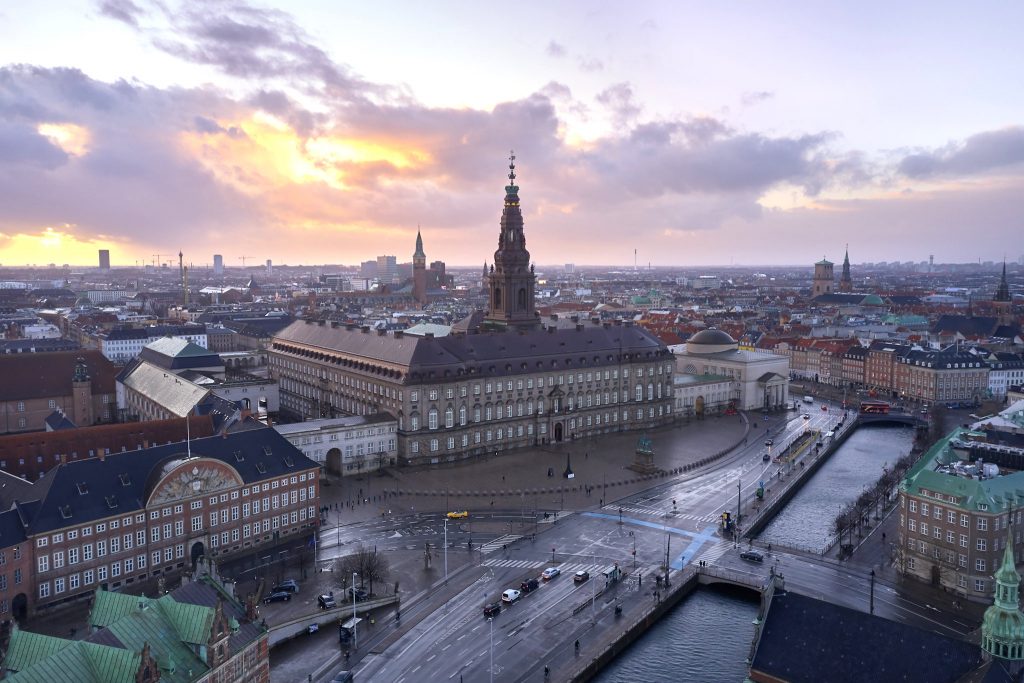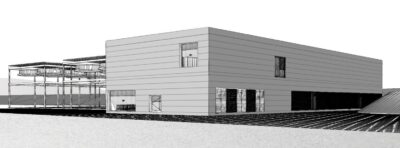It is time act now if Denmark is to be a leader in geothermal district heating
Danish companies A.P. Moller Holding and Danfoss Heating are highlighting the important role district heating and the role of geothermal heating could play for Denmark. It is now the time to act in giving it the attention it deserves.
In an article published today in Danish publication Altinget, “A.P. Møller og Danfoss: Geotermi er en gylden mulighed, vi lige nu risikerer at gå glip af”, Lars Tveen, President, Danfoss Heating and Samir Abboud, CEO, Geothermal in A.P. Møller Holding make a passionate case for geothermal energy development in Denmark. The following is a translation.
Denmark boasts the world’s most developed district heating network. And the Danish subsurface holds very promising geothermal potential in large parts of the country, and under several of the biggest cities. This combination of large scale geothermal developments and district heating is a great cocktail, which can contribute significantly to the green energy transition in Denmark, primarily by replacing the imported biomass. And the impact also extends to job creation and export as well as driving forward the green energy transition outside the borders of Denmark. However, the political framework in Denmark needs to fall into place now, otherwise we will miss this opportunity.
Before the summer recess, a large majority of the political parties in the Danish parliament agreed on a climate action plan with many good initiatives. However, one important point was postponed by the political negotiators until later this year, namely the regulation of the district heating sector, and the future economic framework conditions for geothermal heating. Now, it’s urgent that political action is taken. Because large-scale geothermal development entails massive investments. And the timing of those investments is driven by the district heating companies’ schedules for decommissioning of their large old heat production plants. This is the current situation in the city of Aalborg, where the large coal-fired power plant is ready to be phased out; in the city of Aarhus, where Studstrupværket is nearing its decommissioning date; and finally in Copenhagen, where Avedøre Blok 2 is due for replacement in near future.
Large heat pumps are on the rise in the Danish heating sector. However, they need to be fed with heat sources with a very high capacity and high stable temperatures, if they are to meet the heat demand in an efficient way. And this is where geothermal comes into the picture.
However, if the economic framework is not in place, the district heating companies will be forced to invest in other less sustainable and less energy efficient solutions – and thus the window for green investment opportunities in geothermal will close, and remain closed for many years to come.
This will hopefully not happen. Because geothermal energy is one of Denmark’s few sustainable energy sources. There is no pollution of particles associated with geothermal, and geothermal becomes increasingly green as the electricity which fuels it is sourced greener and greener.
In other words, we have an opportunity to strengthen Denmark’s self-sufficiency as well as economy, while at the same time reducing Denmark’s dependency on imported biomass.
District heating is becoming increasingly popular outside Denmark. Ranking the countries according to export potential and geothermal potential, the list includes Germany, The Netherlands, France, Italy, Poland and China, of which the latter has the world’s largest district heating network, and thus represents a huge export opportunity.
If the Danish government, supported by the parliament, soon agrees on economic framework conditions in support of geothermal heating, geothermal heating can contribute to the phasing out of coal, gas and the least sustainable biomass in the Danish heat sector. No other green heat source has the capacity nor the technical maturity to do that now. Other future green heat sources must be part of the heat supply and contribute in due time, however, unlike these alternatives, large scale geothermal is ready now, and can ensure a future-proof solution for Denmark. A solution which also secures the foundation for export of green technology and concepts, based on Danish demonstration plants.
If we begin now, we will see private investments in the order of USD 1 bn from now on until 2030. These investments would create between 2,500 and 3,500 FTEs depending on whether the consumer-effects are included. And these jobs will be spread out across many Danish companies, because it is envisaged to tender 80% of the work. Work which Danish companies are qualified for and ready to take on. There is potential for establishing a Danish geothermal cluster. And if we get started in Denmark, we are set to also make a difference outside of Denmark, because the plant which is planned for the city of Aarhus would be the largest of its type in Europe.
Now what does it take, when we talk about economic framework condition that must be agreed politically? A stable economic framework during the period of depreciation is a prerequisite for large scale geothermal investments, just as it is for other large green investments. And the district heating companies who are first movers need a subsidy. This is what we will be asking the Danish politicians to secure this autumn, so that we avoid missing out on this great opportunity.
Source: Altinget


















